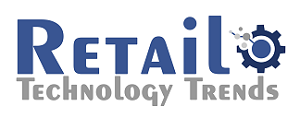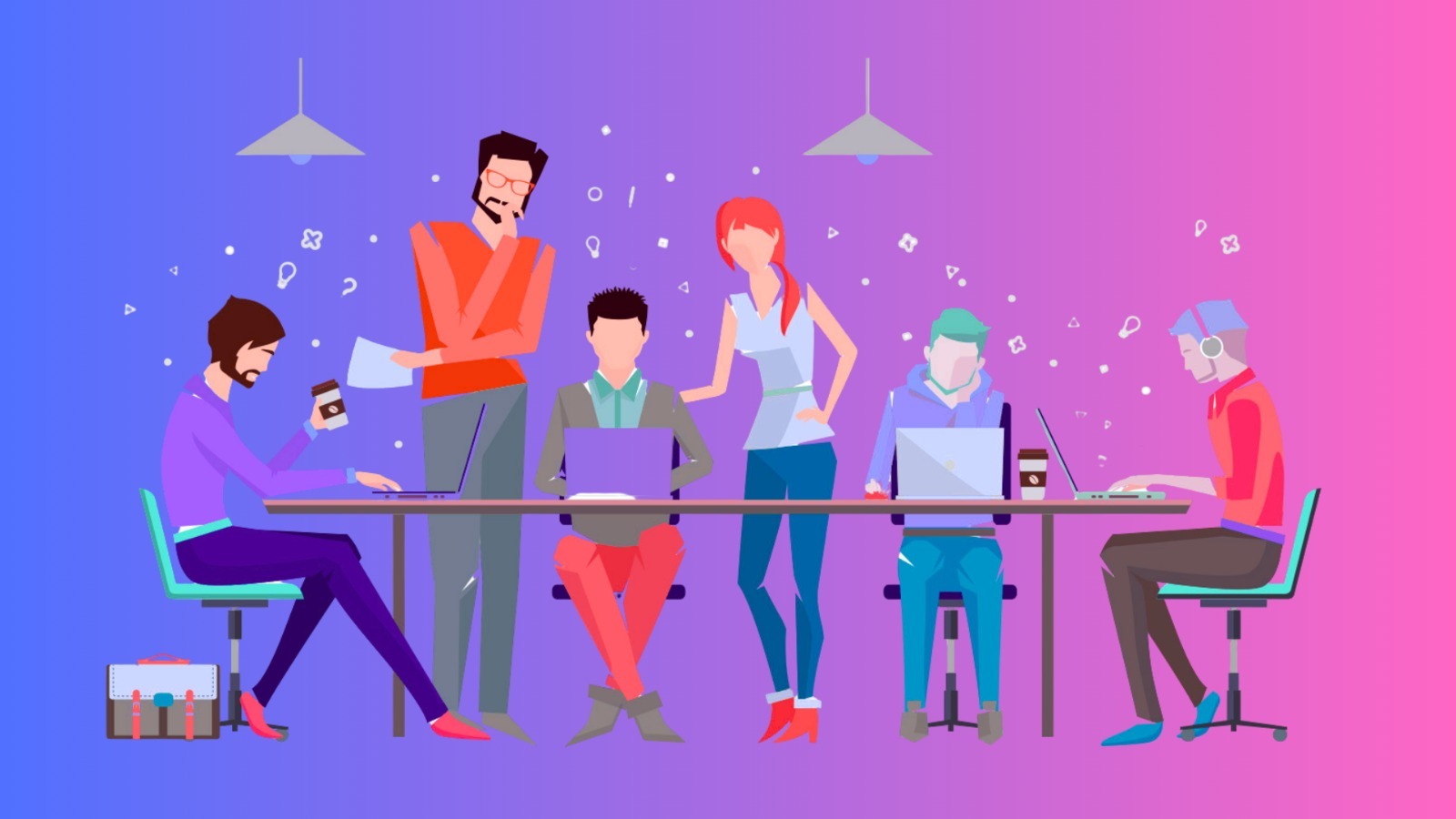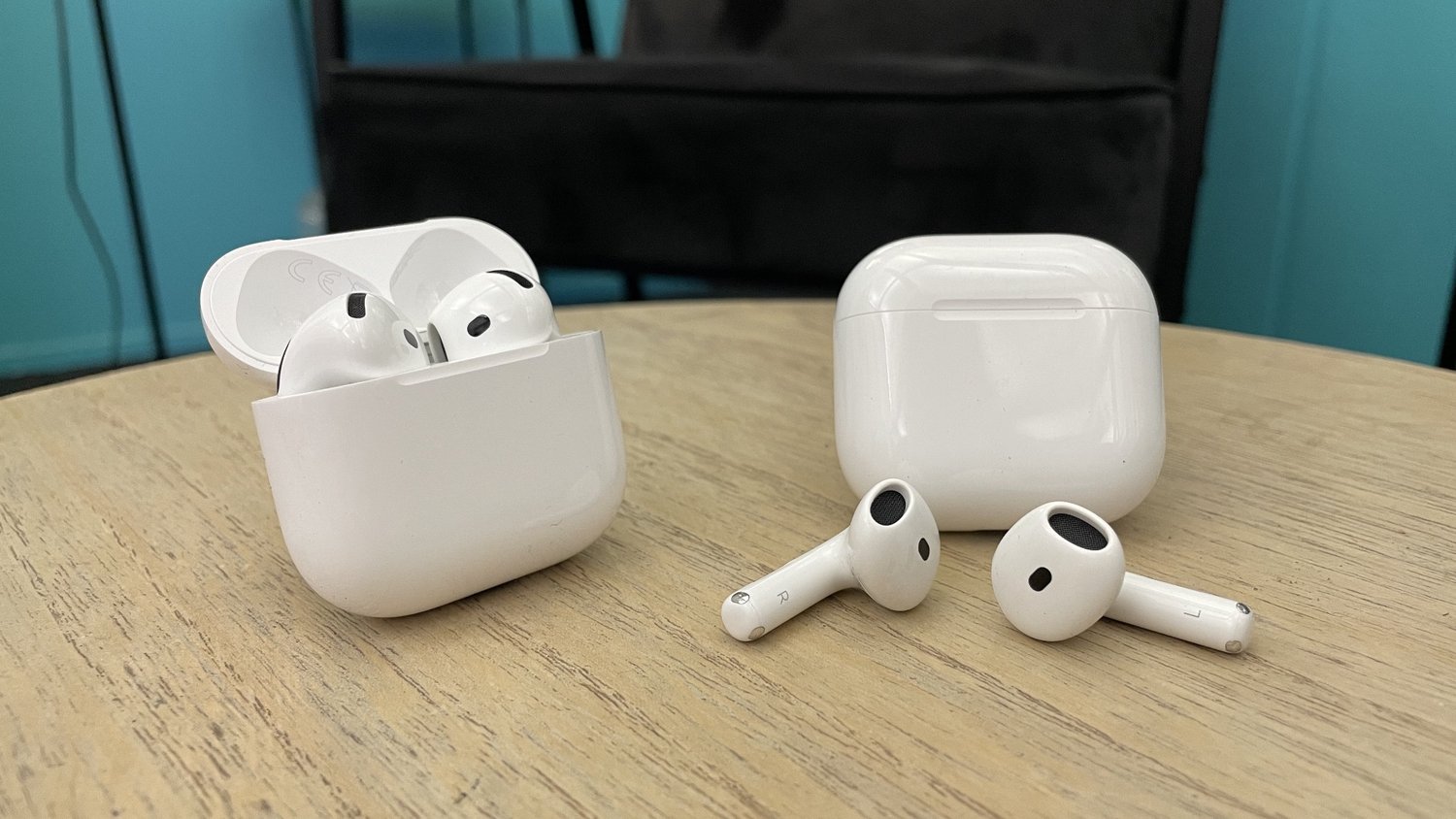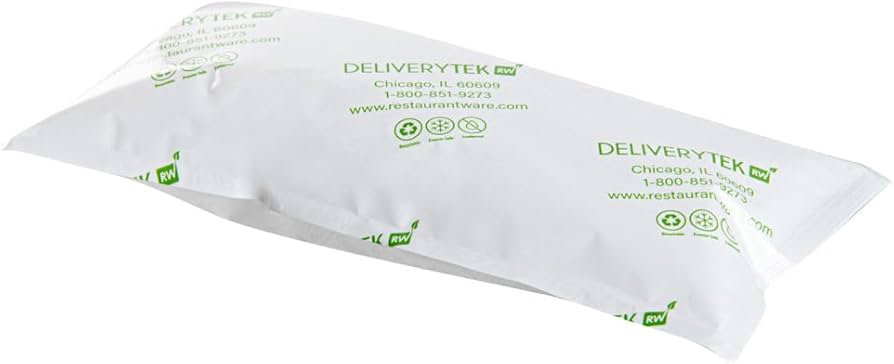How Great Reviews Can Enhance a General Contractor Business – Expert New York Answering Service Provider’s Perspective
Testimony matters a lot in the service industry. The number of quality reviews your business and service nets directly correlate to how many new (and old!) clients will reach out to you. To make the process of capturing reviews much easier, a leading New York-based service provider has developed an answering service built for general contractors. Here’s what it can do for you…
- Enhanced Online Visibility
With online platforms serving as the new word-of-mouth mediums, positive reviews are key to building a strong digital footprint. Reviews are one of the top factors in search engine rankings, influencing how often a general contractor’s business appears in search results. Automated review systems enable contractors to prompt satisfied customers to leave feedback shortly after project completion, making it easier to generate a consistent flow of reviews.
- Building Trust and Credibility
Trust is foundational in the general contracting industry, where consumers seek reliable professionals for high-stakes projects. A collection of positive reviews serves as social proof, reinforcing a contractor’s credibility. According to a study, more than 80% of people trust online reviews as much as personal recommendations. When a general contractor has numerous favorable reviews, potential clients feel more secure in choosing their services.
- Influencing Consumer Decisions
Reviews significantly impact purchasing behavior, which is no less true in the construction industry. Many clients base their hiring decisions on what past customers have said about a business. Clients turn to reviews for insight into others’ experiences in a sector where the investment is often substantial. A well-timed review request automation system can encourage happy clients to share their experiences while their satisfaction is fresh.
- Improved Customer Engagement
Engaging with customers before, during, and after a project not only enhances satisfaction but also strengthens client relationships. An automated review system can help contractors stay connected post-project, allowing them to request feedback promptly and even respond to reviews in real-time. This ongoing engagement reflects a contractor’s commitment to service and willingness to hear customer opinions.
- Gaining Valuable Feedback for Improvement
Reviews also offer a wealth of information that can be used to improve services. Constructive criticism from clients highlights areas where a contractor may need to focus on improvement, whether it’s customer service, project timelines, or budgeting. Automating the review collection process ensures that feedback is gathered consistently, allowing contractors to detect patterns and proactively address recurring issues.
- Positive Review Ripple Effect
One positive review can have a cascading effect, encouraging more clients to leave feedback and enhancing the business’s overall rating. As a contractor’s reviews increase, so does their online reputation, which attracts even more clients and bolsters search engine rankings. A well-managed review automation system can sustain this ripple effect by continually prompting satisfied customers to leave reviews, leading to organic and consistent growth in positive feedback.
- Marketing Leverage
Positive reviews serve as excellent marketing assets that can be leveraged across various platforms, from social media posts to client testimonials on the company website. Contractors can incorporate these reviews into marketing materials to showcase their success stories, turning customer satisfaction into promotional content. With an automated review system in place, contractors can systematically collect, categorize, and share feedback in a way that highlights their strengths.
In the competitive landscape of general contracting, client satisfaction plays a critical role in determining success. For contractors, positive customer reviews are more than just a testament to quality work; they’re powerful tools for growth. Great reviews not only boost visibility but also attract potential clients and reinforce trust within the community.
It’s time to take your client satisfaction quotient to an absolute new level! Reach out to an expert Answering Service Provider near you and integrate it into your business!

















